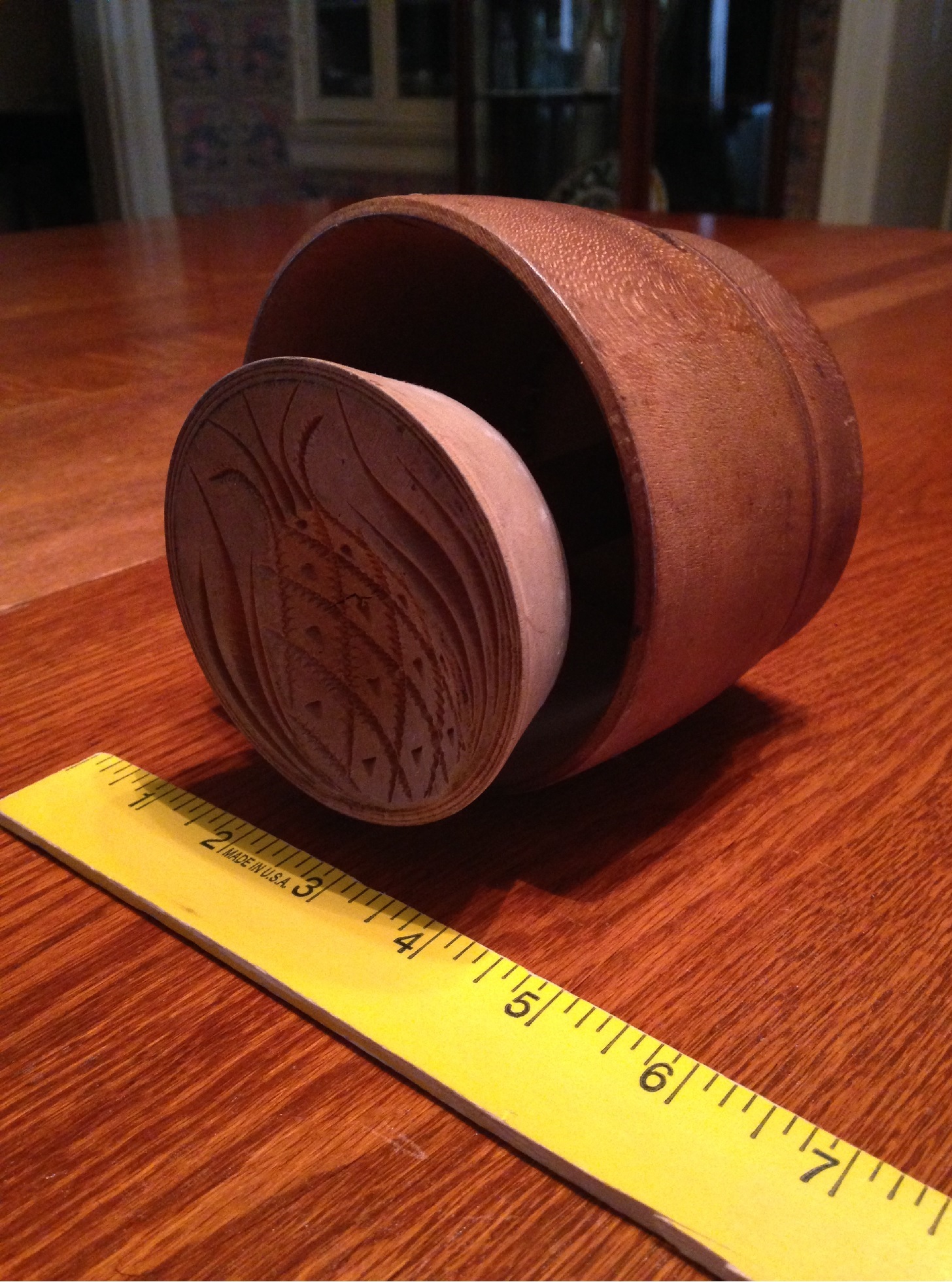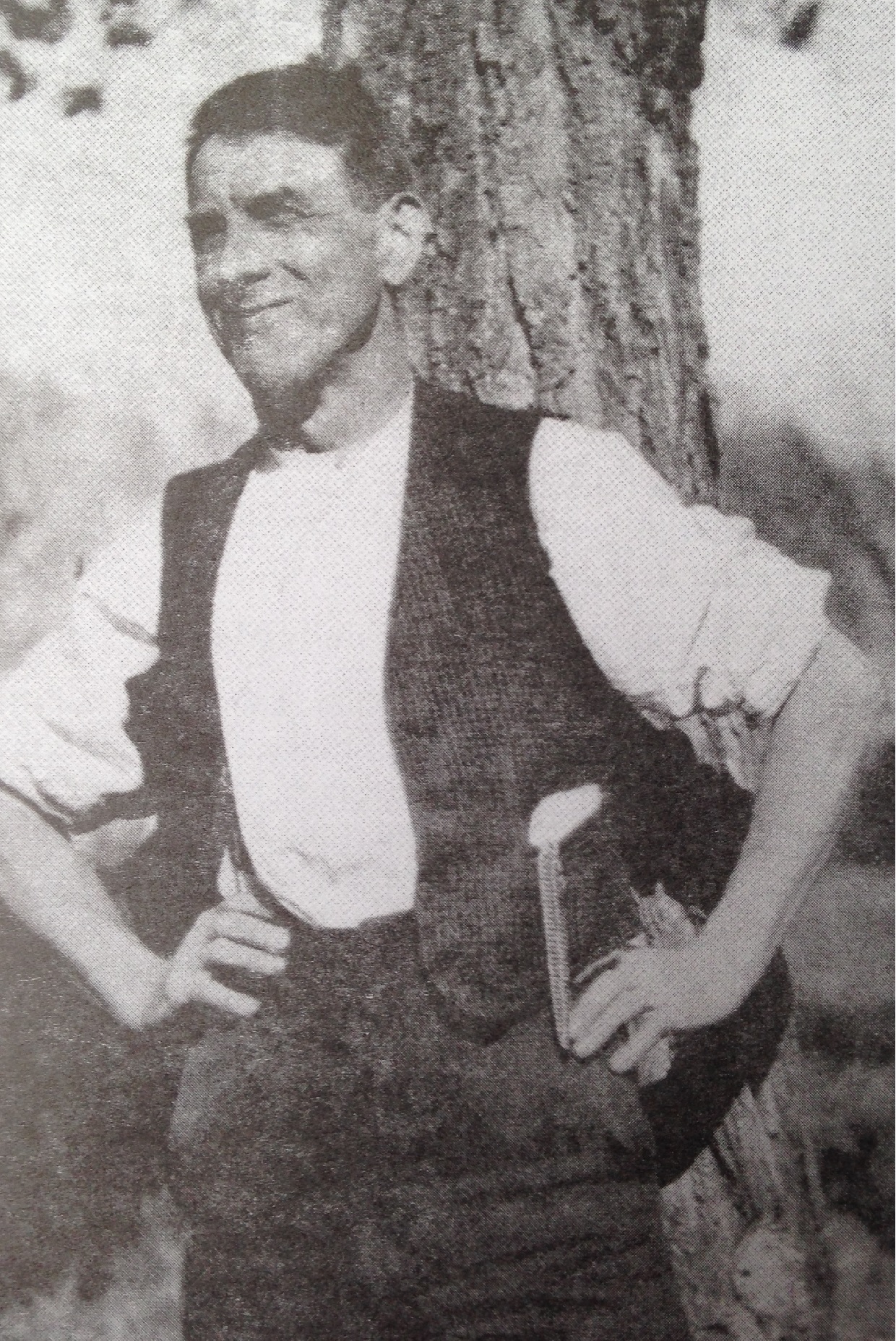Receive the Historical Messenger in your inbox once every two weeks by signing up for our mailing list!
|
This issue: Contents
Tuesday, March 8, 2016
Editor’s NoteAlright folks, we’ve got a lot to cover today! The closer we get to Summer, the busier we’re getting over here at WCHS! If you’d like to get a piece of the action, be sure to attend our upcoming “New Volunteer Orientation Meeting” scheduled for Saturday, March 19th at 1:00 PM to learn about all the volunteer opportunities here at WCHS! The meeting will be held at the Warden’s House Museum in Stillwater. Not only are we looking for new volunteers, WCHS is now officially accepting applications for our 2016 Internship and Scholarship Programs. Our internship is a 10-week long paid position that allows undergraduate and graduate students a chance to gain hands-on experience at a local historical organization. While the scholarship provides one $2,000 or two $1,000 grants to further a student’s education in the history field. You can find more details and application information here. Applications must be submitted by April 30th. Funding for our internship and scholarship programs is generously provided by the DeLonais Foundation. Whew…that’s already a lot and we haven’t even gotten into today’s issue! You won’t want to miss the high-flyin’, chair smashing guest speaker at our upcoming Annual Meeting. Check out the first News Story for more details on getting your reservation today. I’ll take a moment in our second News Story to announce an exciting new addition to the WCHS family – the Eder Schoolhouse in Oakdale! A new artifact is waiting for your identification efforts down in the “What Is This Thing?!” challenge. And you can ask just about any pop-drinking, family cabin-owning, Paul Bunyan-admiring, honest-to-goodness Minnesotan what they think about their state and I think you’d have a hard time finding many negative opinions. In this week’s Old News, we’ll read what one of our cheese-loving neighbors thought of our wonderfully prideful state back in 1870. Finally, we’ll dive head-first into the pool of early 20th century medicial-quackery as we read about the St. Croix Valley’s very own John Till – the “Plaster Doctor”. Want to learn more about the history of Washington County? “Like” WCHS on Facebook and follow us on Twitter! Sean Pallas Historical Messenger editor and Warden’s House Site Manager WCHS NewsWCHS Annual Membership Meeting with Jumpin’ Jim Brunzell
The evening will begin with a social hour at 5:30 PM followed by dinner at 6:30 PM. The meeting will begin at 7:30 with an election of board members and conclude with our Featured Speaker – “Jumpin” Jim Brunzell. Over the course of his 21 year long career, Brunzell trained under the legendary Verne Gagne with Ric Flair and the Iron Sheik and even faced former Minnesota Governor Jesse Ventura in the ring. At the meeting, Brunzell will discuss his long history with professional wrestling in Minnesota and his association with the Minnesota Wrestling Hall of Fame. Brunzell will also be selling and signing copies of his new book with “True Stories from the Wrestling Road: MatLands” Reservations are required. WCHS Members – $20.00 Reserve Tickets Online Non-Members – $25.00 Reserve Tickets Online For more information or to make reservations contact Brent Peterson at 651-439-5956 or brent.peterson@wchsmn.org WCHS NewsOakdale-Lake Elmo Historical Society Collection Transfer
Citing the difficulty in acquiring new membership and volunteers, the Oakdale-Lake Elmo Historical Society [OLEHS] asked the WCHS to take over programming at the Eder Schoolhouse located at the Oakdale Nature Preserve. “We wanted to make sure the work this organization has done for the past twenty years didn’t get lost,” said Rich Eder, President of the OLEHS, “The Washington County Historical Society will make sure what we have done will live on for future generations.” “They have done marvelous work,” said Brent Peterson, Executive Director of the Washington County Historical Society, “It will be an honor to build on their efforts and continue telling the stories of Oakdale and Lake Elmo.” The schoolhouse, built in 1888 and known as the Eder School, was rural District #12 in Washington County. It served a couple generations of area students until the district was consolidated into another in 1920. The building was moved and served as a shed for the Eder family until 2000 when it was donated to the OLEHS. It was moved and donated to the Oakdale Nature Center in 2004.
Later in 2004 the OLEHS received an award for their preservation efforts of the school from the Preservation Alliance of Minnesota. WCHS Board Chair, David Lindsey, said that “transferring the collection and programming to the Washington County Historical Society is a win-win for everyone.” Lindsey continued, “The stories and the history will be more accessible to the people of Oakdale, Lake Elmo and Washington County as a whole.” Many people helped in making sure the schoolhouse was preserved including Jim Morphew, Duane Ellertson, Judge Thomas Armstrong Sr., Chuck & Carol Houck, Rich Eder, Bill Rasmussen, Louise Frederick, Gloria Knoblach, and many more. WCHS plans on opening the schoolhouse to the general public for ten Sundays and hosting three programs at the site over our normal 2016 touring season. Keep an eye on the e-newsletter, our website, and our social media outlets for more information! What is This Thing?!
What Is This Thing?! (Round 30) Be sure to floss, because I think you’ll want to do everything in your power to avoid last week’s What Is This Thing?! That’s right, this is indeed a foot-powered dentist drill! Yeesh…I just had a dentist appointment yesterday and if he would have came at me with one of these things, I would have left a “me”-shaped hole in his wall during my undignified retreat. I’ve always wondered what would happen if the dentist lost his rhythm on the pedal halfway through the operation. I mean, besides a lot of screaming from the patient, of course. Let’s all collectively shudder and move onto this week’s challenge. Can you identify the WCHS artifact photographed above? Can you guess its use? If you’d care to venture an answer, you can send an email to me at spallas.wchs@gmail.com, tweet @WCHSMN, or post your guess on our Facebook page. Good luck! Old NewsMinnesotans Like MinnesotaI have spent the entirety of my (almost) 27 years of life living in Minnesota. And holy buckets, I love this state. But even I’ll admit that we march to the beat of a different drummer over here. Just take a look at our recent Presidential Caucus results for the latest example of Minnesota’s ‘different-ness’. And sure, we may be a bit self-centered. But hey, it’s pretty comforting to see these attitudes have a long tradition! …I’m also glad we settled on “Minnesotan” instead of “Minnesotian”. A Representative Minnesotian – Stillwater Republican – March 8, 1870 The editor of the Superior Tribune, (Wis.) who has lived in Minnesota, gives the following as the characteristics of a Minnesotian: “We lived among the Minnesotians long enough to know that they are indeed “a peculiar people,” and that they are always ready for any project, however reckless, however desperate, or however unjust to others which promises to advance the interests of favorite localities, or the material prosperity of their State. Taken as a whole, but the Minnesotians are a good set of fellows, but they are as different from the staid people of Wisconsin, as the mercurial, nervous and wiry little Frenchman is from the grand old German, who smokes his pipe and “[drinks] his lager [beer]” and takes every thing coolly and deliberately. A representative Minnesotian is a man who has the ingenuity of the Yankee, the energy and perseverance of the ant, the cunning of the fox, the selfishness of the miser, together with the courage of the bovine who undertook the butt the engine off the track. He is one who will freely shell out his money to carry out any favorite scheme – one who carries many of his points by “bluff” – one who has audacity, effrontery and “cheek” enough for any emergency, and whose State pride is strong enough to lead him to work for Minnesota and Minnesota enterprises, first, last and all the time, and under all circumstances and at whatever costs.” Featured ArticleThe Plaster Doctor – Healin’ “Till” It Hurtsby Anita Buck Plaster doctor, wonder healer, unorthodox practitioner, defendant in court – these were just some of the titles given to a man named John Till. And he earned every one of them. Till offered “miracle cures” that were sought by people from all around the St. Croix River Valley. He had patients from Stillwater and Marine, from the Twin Cities, and from many other towns throughout Minnesota and Wisconsin. But John Till was not a licensed doctor, a matter that frequently landed him before judges.
John Till was born in Austria in 1870. He worked for a blacksmith for a while, and during that time learned about various folk cures. At age 28, he immigrated to Canada, where he worked as a lumberjack and practiced medicine on the side. His career took off after the “miracle cure” of Mrs. Octave Cloutier of Somerset, Wisconsin. Till treated her infected cheek with his mysterious medicine, and the remedy worked overnight. When word of the cure spread, he left the lumber camp and set up shop in the Cloutier farm home. Immediately be became known as the Wonder Healer or the Plaster Doctor of Somerset. Although Till never called himself “doctor,” his patients certainly did. After a time, he moved to New Richmond, Wisconsin. An article in the New Richmond News reported that many of the passengers who came in at the city’s depot were nearly dead when they were taken off the trains. Still, they managed to survive a rough buggy ride out to Till’s establishment a couple of miles north of town. The report continued, “About every third home in New Richmond would seem to have two or three of these ‘diers’ [sic]. What a dismal site, but Old John laughed all the way to the bank.” Interestingly, the man didn’t charge his patients per se, rather he simply left a bucket on the table, and many emptied their pockets into the donation container after their “plasterings”. According to an anonymous letter received by Marie Lynch of New Richmond, “Old John Till” arrived at the New Richmond bank with a nice team of horses and carriage. He was a small man with hair long and unkempt, in bare feet, wearing earrings, and carrying two large bags of money. In the Somerset Triple Centennial Book, it is recorded Till was supposed to have deposited $3,000 every two weeks. That account, though, was said to be exaggerated. John Till didn’t spend all his time treating patients. He spent quite a bit of time in court. He was plagued by lawsuits and harassed, probably rightly, by the Wisconsin Medical Board. Early in his career he was tried on a charge of practicing medicine unlawfully, and was found not guilty by a jury of six men. Later, the plaster doctor appeared in circuit court in Barron County, Wisconsin, again on the charge of practicing medicine without a license. A jury only took 45 minutes to find him guilty of the charge. Even though Till was hauled to court a number of times, he generally managed to secure a ‘not guilty’ ruling by either a jury or by appeals to high courts. Of course, he wasn’t quite able to maintain that spotless record. An article in the New Richmond News from May 11, 1921, reported that he started serving a six-month sentence in the local jail for practicing medicine without a license. After that term, he apparently had his fill of the American legal-system’s “hospitality” and him and his wife, Hedwig, departed for Germany, probably bringing a good sum of American dollars with them. Eventually, he settled in the Sudetenland. The former healer wrote to a fanner in Stanton, Wisconsin, requesting 100 pounds of seed barley, which was sent to him. His son, John Till Jr., visited New Richmond, and reported that his father owned a large form, and delighted at being a country gentleman. His mother, he said, was enjoying life. Apparently his stack of American dollars was allowed him to take advantage of Germany’s post-World War I run-away inflation. After Till Senior’s departure from the United States, it was rumored that his “secret salve”, the miracle plaster, was being solid from a farm home near Somerset. The plaster doctor then disappeared from our American sources for a few decades. He finally resurfaced in in February 1947, when the Stillwater Gazette reported his return from Germany. The good “doctor” was broke. World War II had hit him hard financially. He lost his property and decided to return to his old stomping grounds. He planned to live near Kiel, Wisconsin. It was rumored he would go back into the plaster business. Whether he did or not is unknown. If so, his renewed career was short. John Till died in July of 1947 at the age of 77. Even though the records show that many of his patients suffered terribly at the hands of John Till, there are just as many people from both side of the St. Croix River who swore by his skill and miracle cure. Whether he be quack-pot or hero – the Plaster Doctor is long gone, yet John Till lives on as a legendary figure of the Valley’s history. |
Events
More information: WCHS Events >>> Preserve the Past, Share in the Future!Become a member of the Washington County Historical Society! Membership is one way that you can help support the Washington County Historical Society. Your membership helps us collect, preserve, and disseminate the history of Washington County for county residents and visitors in the belief that a historical perspective enhances our understanding of community and sense of place. Benefits of membership:
The Washington County Historical Society has depended on membership ever since it was formed in 1934. Please show your support for the organization by becoming a member today. More: WCHS Membership >>> Mission StatementWashington County Historical Society collects, preserves, and disseminates the history of the county and state of Minnesota.
|
|||||||
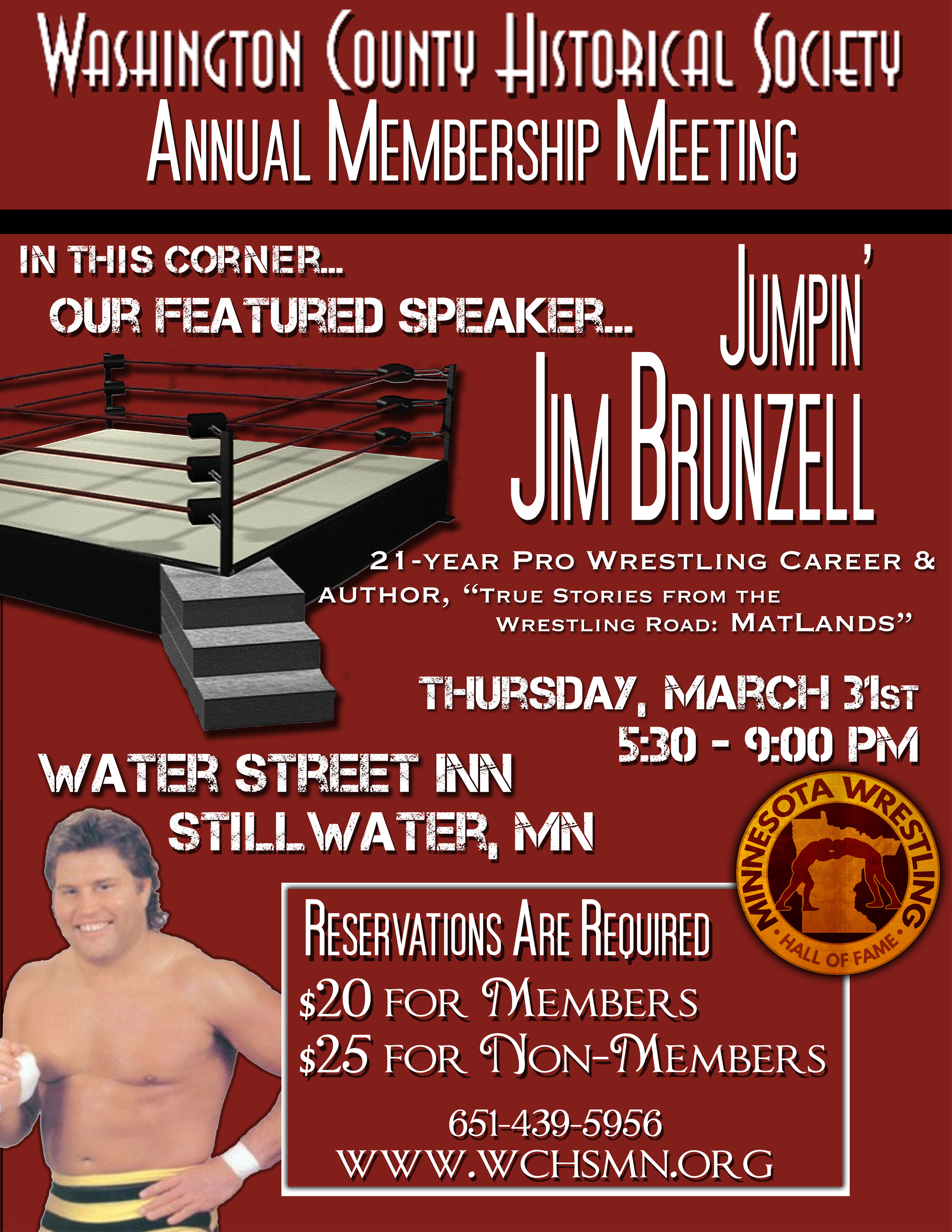 The Washington County Historical Society Annual Meeting will be held at the Water Street Inn in Stillwater on Thursday, March 31st.
The Washington County Historical Society Annual Meeting will be held at the Water Street Inn in Stillwater on Thursday, March 31st.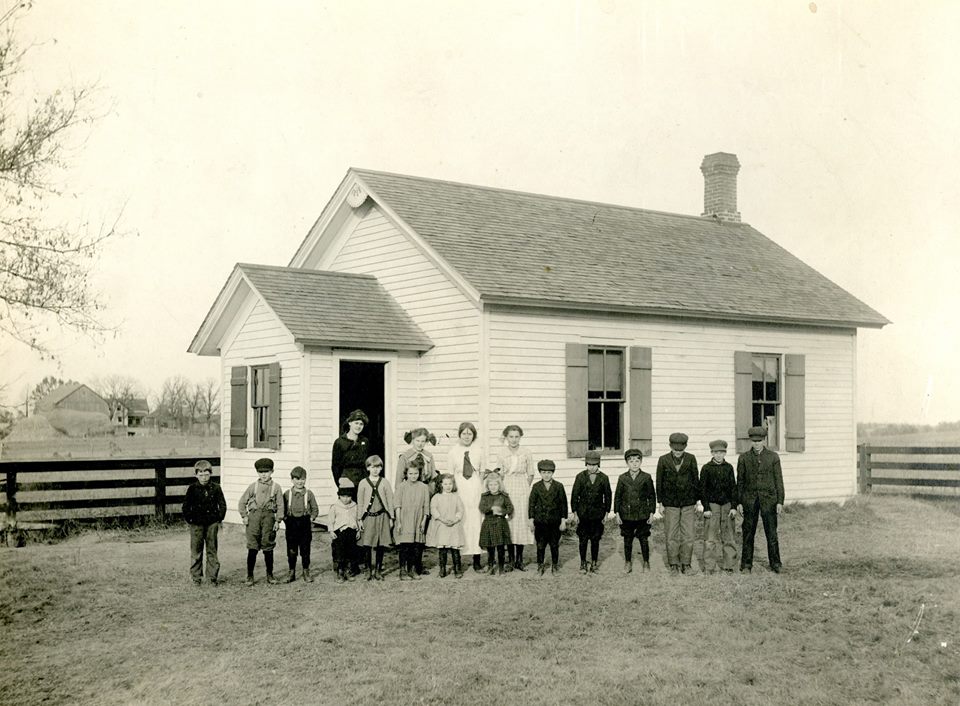 The Oakdale-Lake Elmo Historical Society has transferred its collection to the Washington County Historical Society.
The Oakdale-Lake Elmo Historical Society has transferred its collection to the Washington County Historical Society.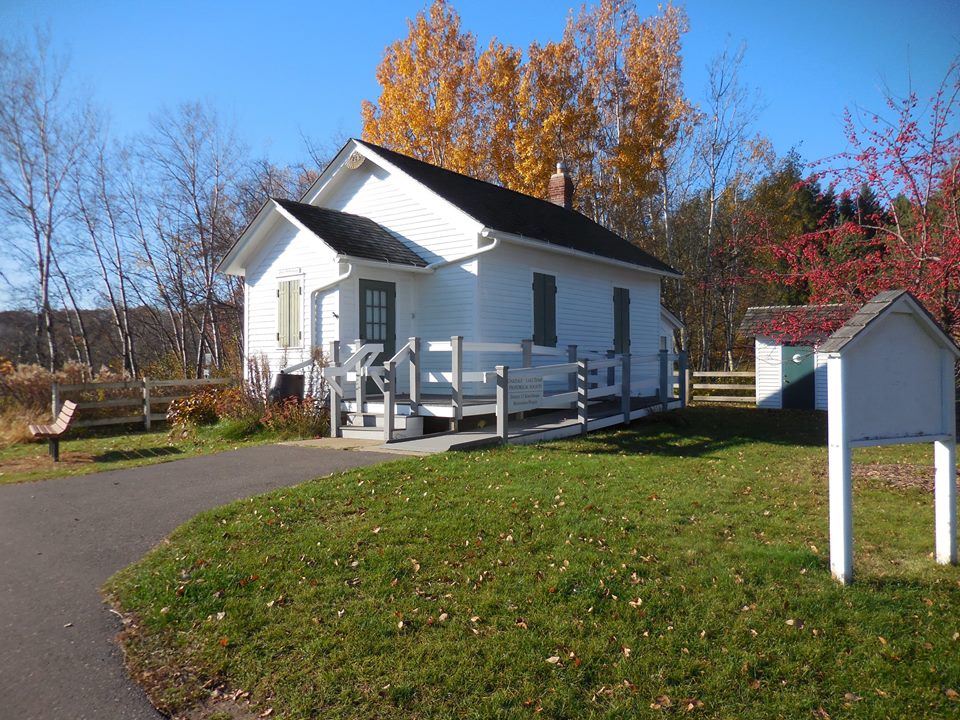 On May 23, 2004, Myrtle Eder and Myrtle Hunstiger attended the grand opening. Mrs. Hunstiger, age 105 at the time of the opening, was a teacher in the school in 1918 and 1919. Mrs. Eder was one of her former students at the school.
On May 23, 2004, Myrtle Eder and Myrtle Hunstiger attended the grand opening. Mrs. Hunstiger, age 105 at the time of the opening, was a teacher in the school in 1918 and 1919. Mrs. Eder was one of her former students at the school.